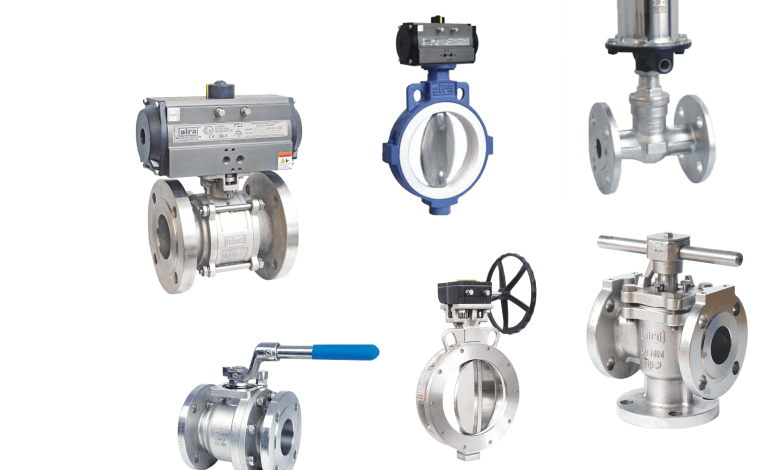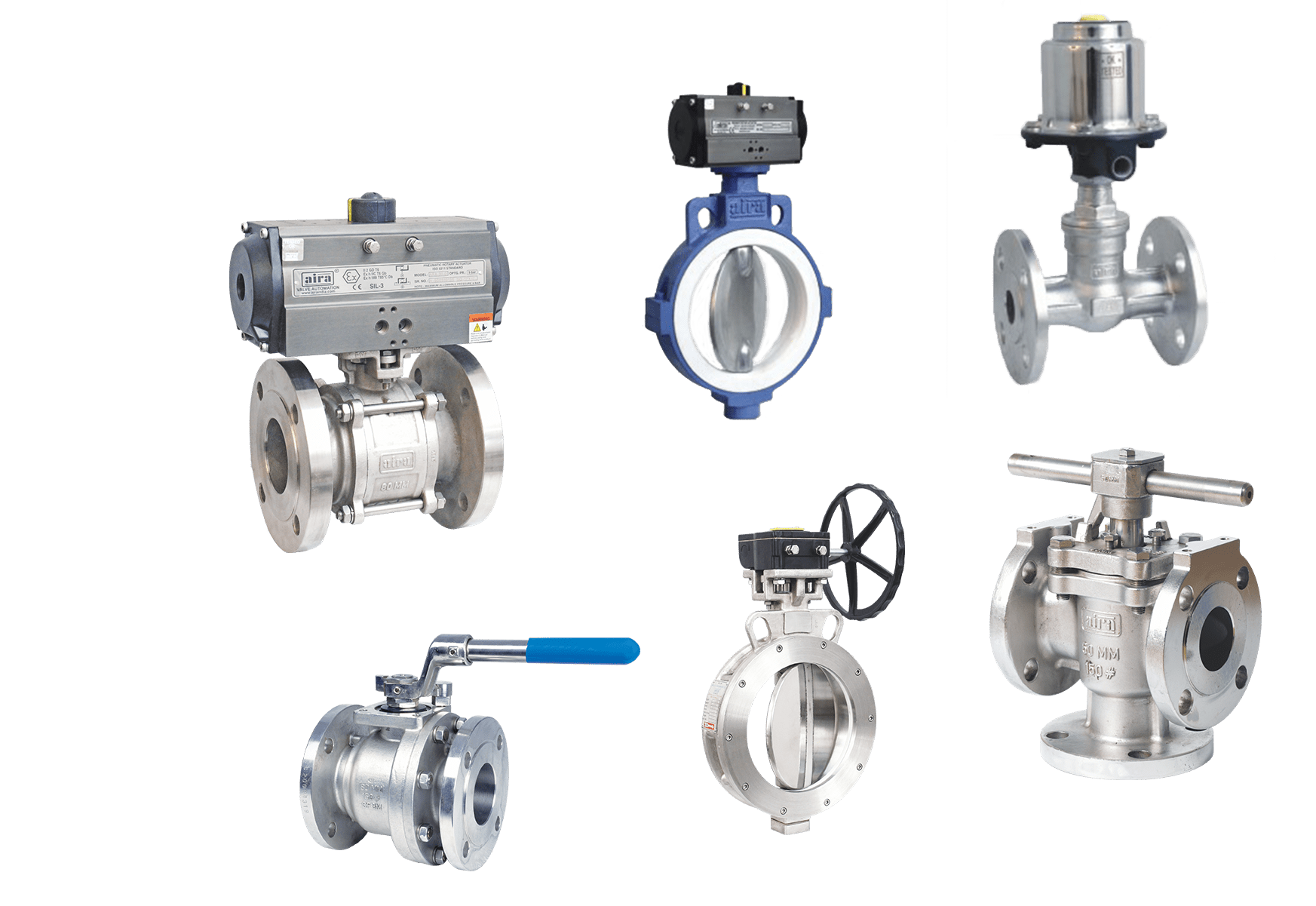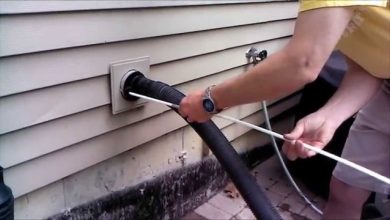
A valve regulates the flow of fluids as well as the pressure within a process or system. A control valve, on the other hand, is use to control the flow of fluid by stopping and starting the flow as directed by the controller.
Control Valve
A control valve consists of three parts: a valve, an actuator, and a controller. A rain cap, an eye bolt, a diaphragm, a spring, an actuator stem, a diaphragm case, a scale plate, a stem connector, and a yoke are all components of the Actuator.
Parts of the body include packing flange, packing follower, yoke claim nut, gland packing, valve stem, bonnet, stud bolt and nut, gasket, guide ring, guide bushing, valve plug, seat ring, valve body, trim set, and positioner.
The primary purpose of a control valve is to regulate fluid flow, but there are two main types of action: sliding stem and rotary action. Slide stem valves include globe valves, angle body valves, and angle seat piston valves, while rotary action valves include butterfly valves and ball valves.
Why Control Valves are Use?
The control valve is use for various purposes in industry, engineering, manufacturing, and science. The primary function of a control valve is to regulate the rate of fluid flow by varying the size of the flow passage. Most commonly, control valves use to regulate process quantities such as pressure, temperature, and liquid level.
Considerations for selecting control valves
Fluid systems rely heavily on control valves for efficiency. The valve you choose should be carefully select. It may not operate or perform as expected, resulting in decreased process efficiency and/or system damage.
There are several factors to consider when selecting a control valve for a fluid system, including versatility, flow control stability, connectivity, and maintenance requirements.
Control valves are available in a variety of designs, configurations, and sizes. Having a wide selection of fluids can make it difficult to select the right one for a given fluid system, but knowing what parameters are important can assist with the selection process. Control valve selection considerations include:
- Is it a liquid, gas, or steam? Is it reactive or inert?
- Pressure rating. What is the standard and maximum pressure level to which the valve will be exposed?
- Temperature rating. What are the standard and maximum temperatures at which the valve will operate?
- Flow rate. Should the valve be able to handle a wide range of flow rates?
- For the system, what is the flow coefficient (Cv)-the flow rate (GPM) for a pressure drop of 1 PSI across the flow passage? The control valve size depends on this value.
- Installation requirements. What configuration should the system have? What are the pipe sizes, upstream vs. downstream, and valve mounting requirements and restrictions?
- Design. What type of valve is need? Whether it is a straight through venturi or a globe valve? How about a medium service, severe service, or standard service valve?

How do Control Valves work?
Control valves regulate the flow of fluid by opening and closing internal passages. A control loop is formed by control valves, which are then use by a controller to send signals. The valves adjust the internal openings in response to these signals.
Actuators move valve stems in control valves. Usually, it is driven by air (pneumatically) or by electricity. The pressure at the valve’s inlet and outlet determines the flow rate.
The valve is close to reduce fluid flow, resulting in more back pressure and a larger difference between the inlet and outlet pressures.
Valve control is used in various industries such as pipeline, oil & gas, food & beverage, the biopharmaceutical industry, and the marine industry.
Control Valves are available in various types and features. Aira Euro Automation offers high pressure control valves as well as high temperature control valves.
Aira Euro Automation is the top industrial valve supplier in Kuwait as well as the top Control Valve Supplier in Kuwait. To provide their customers with the best industrial valve, they test all their products for safety and durability.





